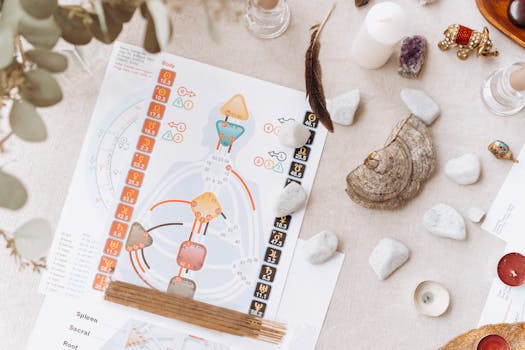
Mindfulness Practices for Stress Relief: Finding Peace in a Busy World
Introduction to Mindfulness
Mindfulness is the practice of being present and fully engaged in the current moment, while cultivating a non-judgmental awareness of one’s thoughts, feelings, and bodily sensations. This powerful practice has been shown to have a positive impact on both physical and mental health, reducing stress and anxiety, improving sleep, and boosting mood. In this article, we will explore the benefits of mindfulness practices for stress relief and provide tips and techniques for incorporating mindfulness into your daily life.
Mindfulness Practices for Stress Relief
There are many mindfulness practices that can help reduce stress and anxiety, including:
- Meditation: This involves sitting comfortably, focusing on your breath, and letting go of distracting thoughts. Regular meditation practice can help reduce stress and anxiety by activating the parasympathetic nervous system, which promotes relaxation and calmness.
- Yoga: This combines physical movement with deep breathing and meditation techniques to promote relaxation and reduce stress. Yoga has been shown to decrease the production of stress hormones like cortisol, leading to a sense of calm and well-being.
- Body Scan: This involves lying down or sitting comfortably, and bringing your attention to different parts of your body, starting from your toes and moving up to the top of your head. This practice can help release physical tension and promote relaxation.
- Mindful Breathing: This involves focusing on your breath, without trying to control it, and observing any sensations, thoughts, or feelings that arise. Mindful breathing can help calm the mind and reduce stress and anxiety.
- Mindful Walking: This involves paying attention to your walking, noticing the sensation of your feet touching the ground, the movement of your legs and arms, and the rhythm of your breath. Mindful walking can help cultivate a sense of calm and clarity.
Tips and Techniques for Mindfulness Practice
To get the most out of mindfulness practices, it’s essential to establish a regular practice and make it a part of your daily routine. Here are some tips and techniques to help you get started:
- Start small: Begin with short periods of mindfulness practice, such as 5-10 minutes, and gradually increase the duration as you become more comfortable with the practice.
- Find a quiet space: Identify a quiet, comfortable, and distraction-free space where you can practice mindfulness without interruptions.
- Focus on your breath: Bring your attention to your breath, noticing the sensation of the air moving in and out of your body, and let go of distracting thoughts.
- Practice mindfulness in daily activities: Incorporate mindfulness into your daily activities, such as eating, showering, or driving, by paying attention to your senses and the present moment.
- Seek guidance: Consider working with a mindfulness teacher or therapist, or using guided meditation apps and videos to help you establish a mindfulness practice.
Conclusion
Mindfulness practices offer a powerful tool for stress relief and overall well-being. By incorporating mindfulness into your daily life, you can cultivate a sense of calm, clarity, and resilience, leading to a more fulfilling and meaningful life. Remember to start small, be patient, and seek guidance when needed, and you’ll be on your way to experiencing the many benefits of mindfulness practices.





